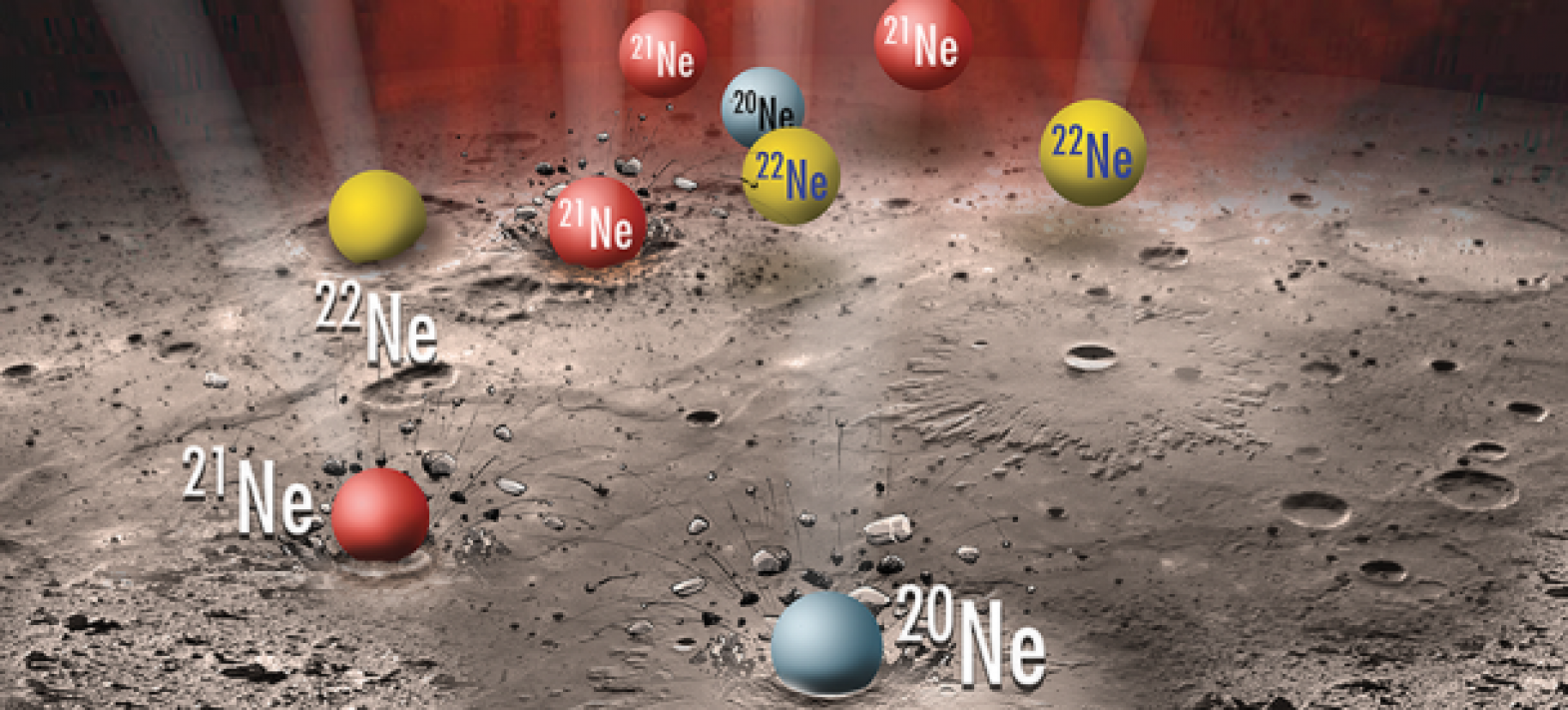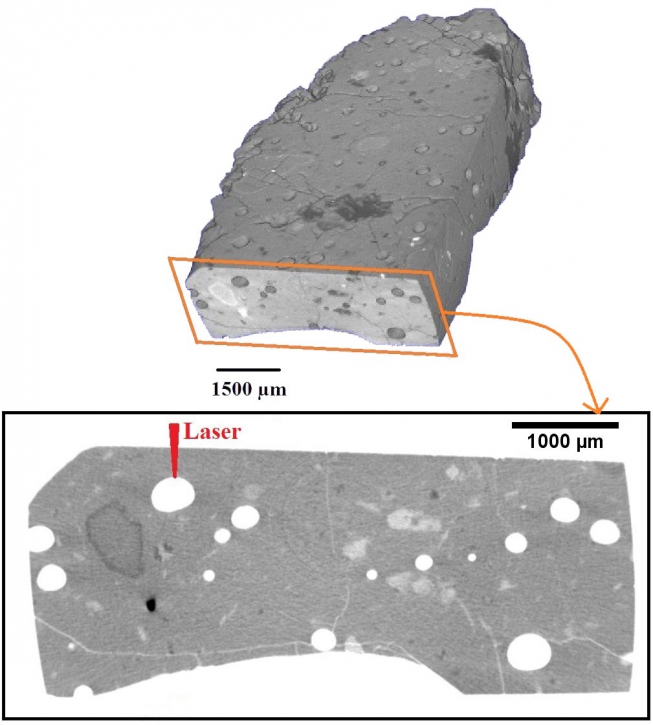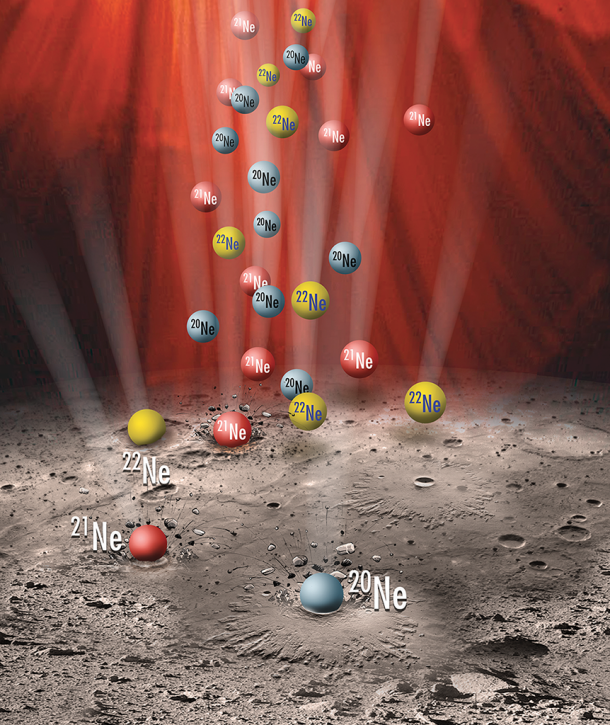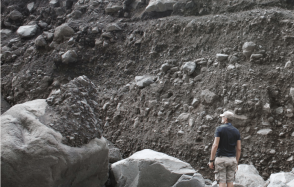Solar wind settling on early dust, a source of volatile elements for the Earth
The origin of volatile elements such as water, carbon and nitrogen on telluric planets is still widely debated. Due to their inert nature, noble gases (He, Ne, Ar, Kr and Xe) are unique tracers of possible sources of volatile elements (such as comets, solar wind or meteorites). Determining the isotopic and elemental composition of the Earth's noble gases can therefore provide a better understanding of their origins.

Publication date: 17/03/2017
Research
Related teams :
Cosmochemistry, Astrophysics and Experimental Geophysics (CAGE)
Related themes : Origins










